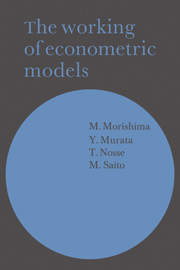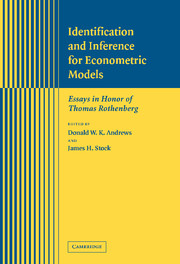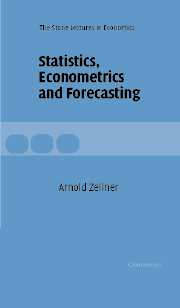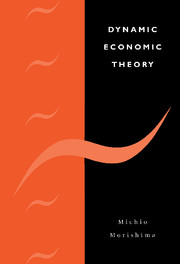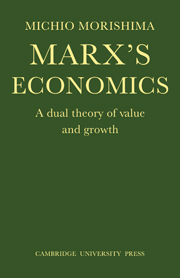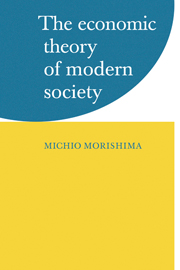The Working of Econometric Models
This book reports the results of five empirical studies undertaken in the early seventies by a collaboration headed by Professor Morishima. It deals with applications of the general equilibrium models whose theoretical aspects have been one of Professor Morishima's main interests. Four main econometric models are constructed for the USA, the UK, and Japan. These are used as a basis for the discussion of various topics in economic theory, such as: the existence and stability or instability of the neoclassical path of full employment growth equilibrium and a von Neumann-type path of balanced growth at constant proces; the antimony between price-stability and full employment; the Samuelson-LeChatelier principle; the theory of the balanced-budget multiplier; the three Hicksian laws of the gross substitutes system; the Brown-Jones super-multipliers of international trade, and so on. In addition, this 1972 work makes a quantitative evaluation for the US economy of monetary and fiscal policies as short-run measures for achieving full employment; the effectiveness of built-in flexibility of taxes in the UK economy is discussed; and estimates are made of the rapid decrease in disguised unemployment in post-war Japan.
Product details
January 2010Paperback
9780521126366
352 pages
229 × 152 × 20 mm
0.52kg
Available
Table of Contents
- Preface
- Part I. A Dynamic Analysis of the American Economy, 1902–1952 M. Morishima and M. Saito:
- 1. Introduction
- 2. The structural model
- 3. Short-run properties of the model
- 4. Long-run properties of the model
- Part II. Input-Output Analysis of the Effectiveness of Fiscal Policies for the United Kingdom, 1954 M. Morishima and T. Nosse:
- 1. Introduction
- 2. An interindustrial model with endogenous consumption
- 3. Impact multipliers and efficient budget of the government
- 4. Generation of income through reduction of taxes
- Part III. A General Equilibrium Analysis of Prices and Outputs in Japan, 1953–1965 M. Saito:
- 1. Introduction
- 2. Theoretical model
- 3. The estimation of the model
- 4. Comparative statics of general equilibrium
- 5. A factor analysis of price and output changes
- Part IV. An Input-Output Analysis of Disguised Unemployment in Japan, 1951–1965 M. Morishima and Y. Murata:
- 1. Introduction
- 2. Disguised unemployment in a re-interpreted input-output model
- 3. Data and estimates of the parameters
- 4. Factor analysis of disguised unemployment
- Appendix: an estimation of international trade multiplier, 1954–1965 M. Morishima and Y. Murata
- Bibliography
- Index.

